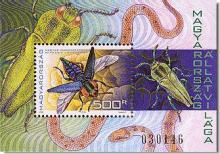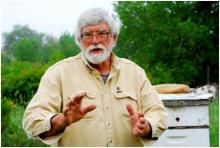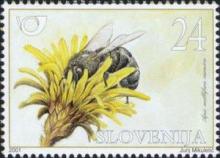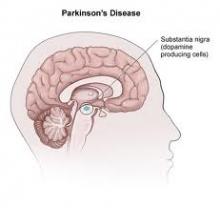De EFSA faalde bij de beoordeling van de halfwaardetijd van imidacloprid in de bodem
In het Verenigd Koninkrijk is het parlement flink aan het ruziën over de veiligheid van imidacloprid, één van de meest gebruikte pesticiden ter wereld. De Europese overheidsinstanties hebben klaarblijkelijk jammerlijk gefaald. Volgens Joan Walley (voorzitter van het Environmental Audit Committee (EAC)) waren de toelatingsautoriteiten van de EU blind voor de gevaren van imidacloprid. Het onderzoek werpt grote vragen op over de transparantie, integriteit en effectiviteit van de EU-wetgeving ten aanzien van gewasbeschermingsmiddelen. Zo beschikten de autoriteiten over gegevens die aantoonden dat de persistentie van imidacloprid in de bodem minstens 10 keer hoger was dan de EU wetgeving überhaupt toelaat.










